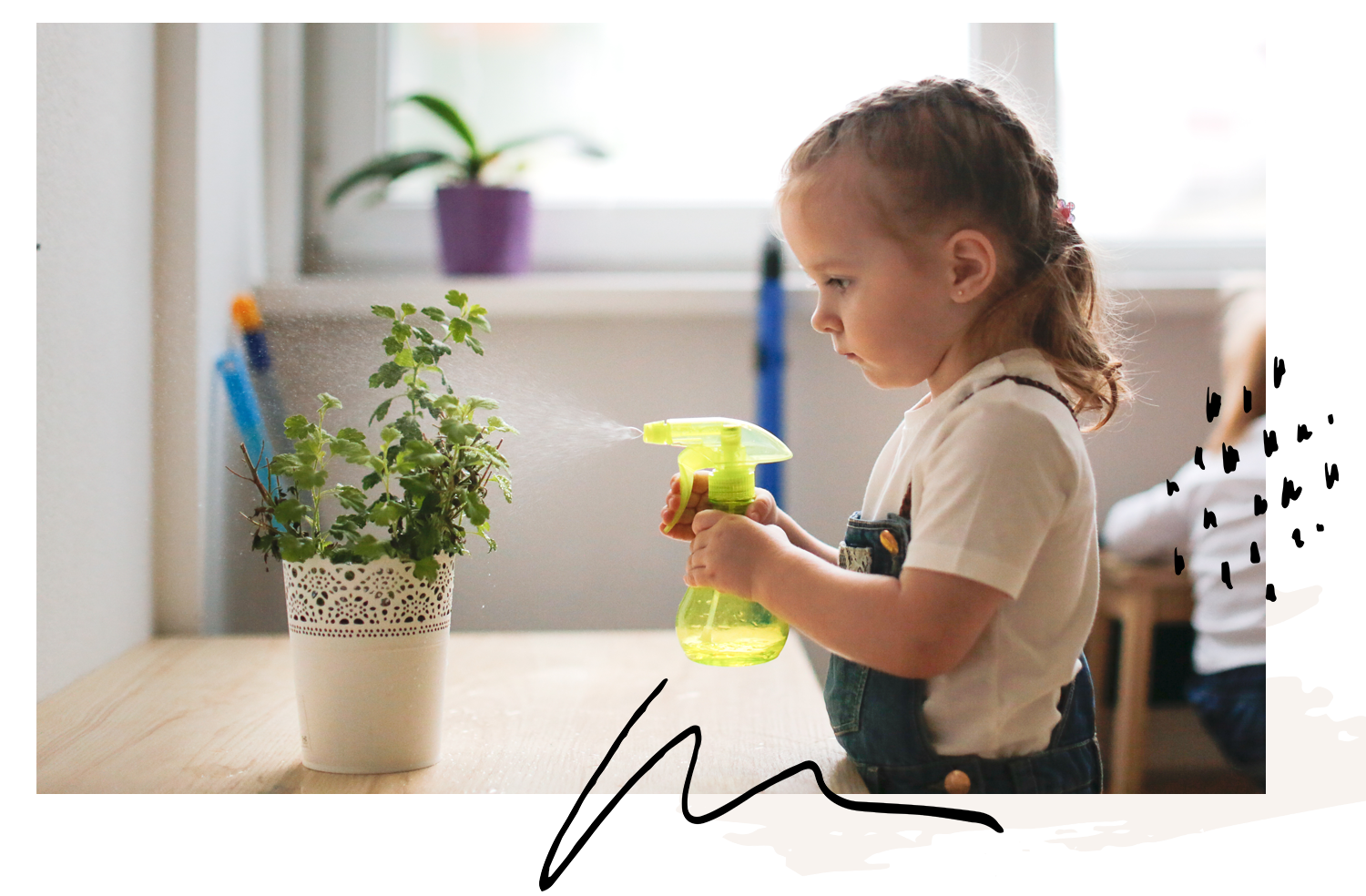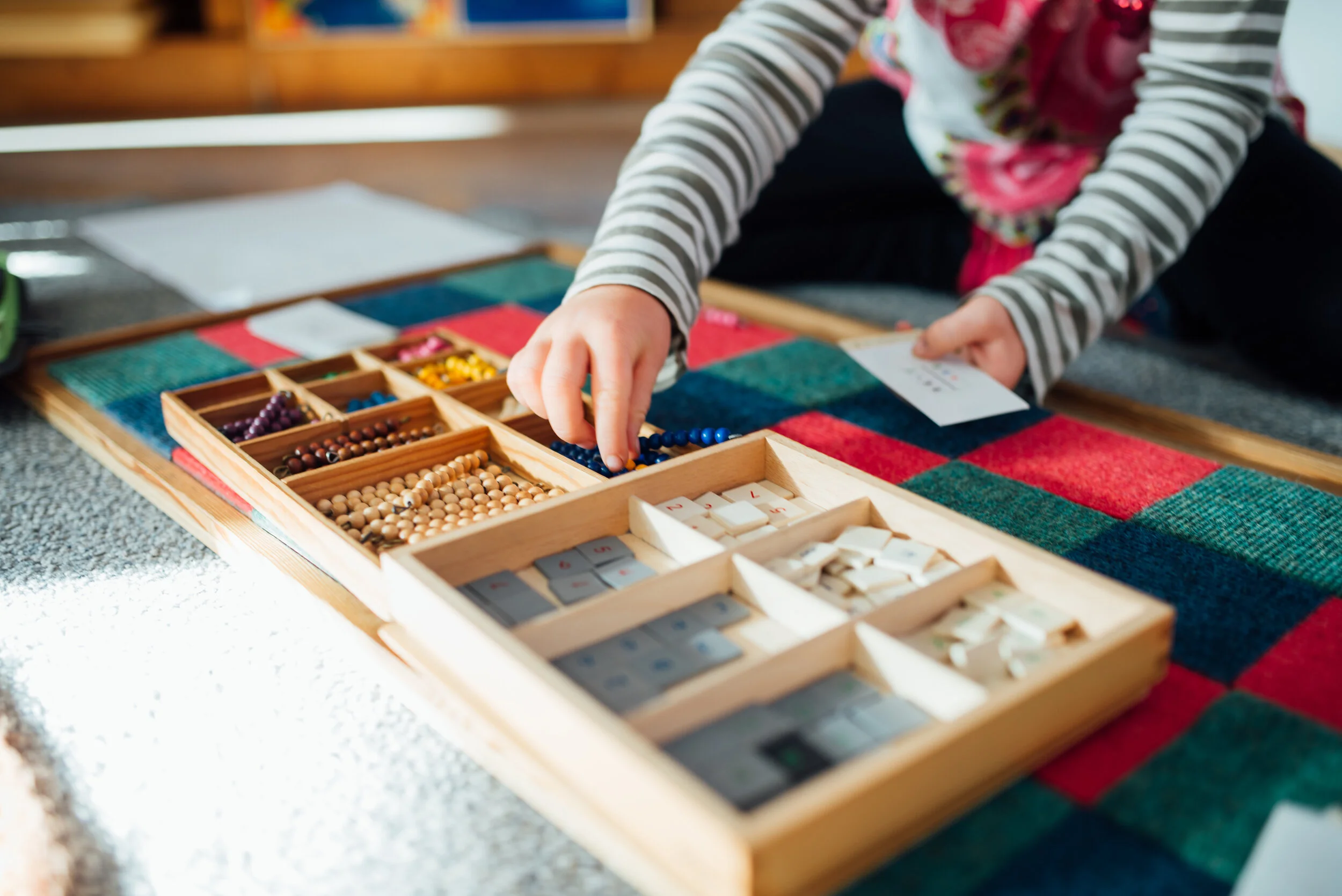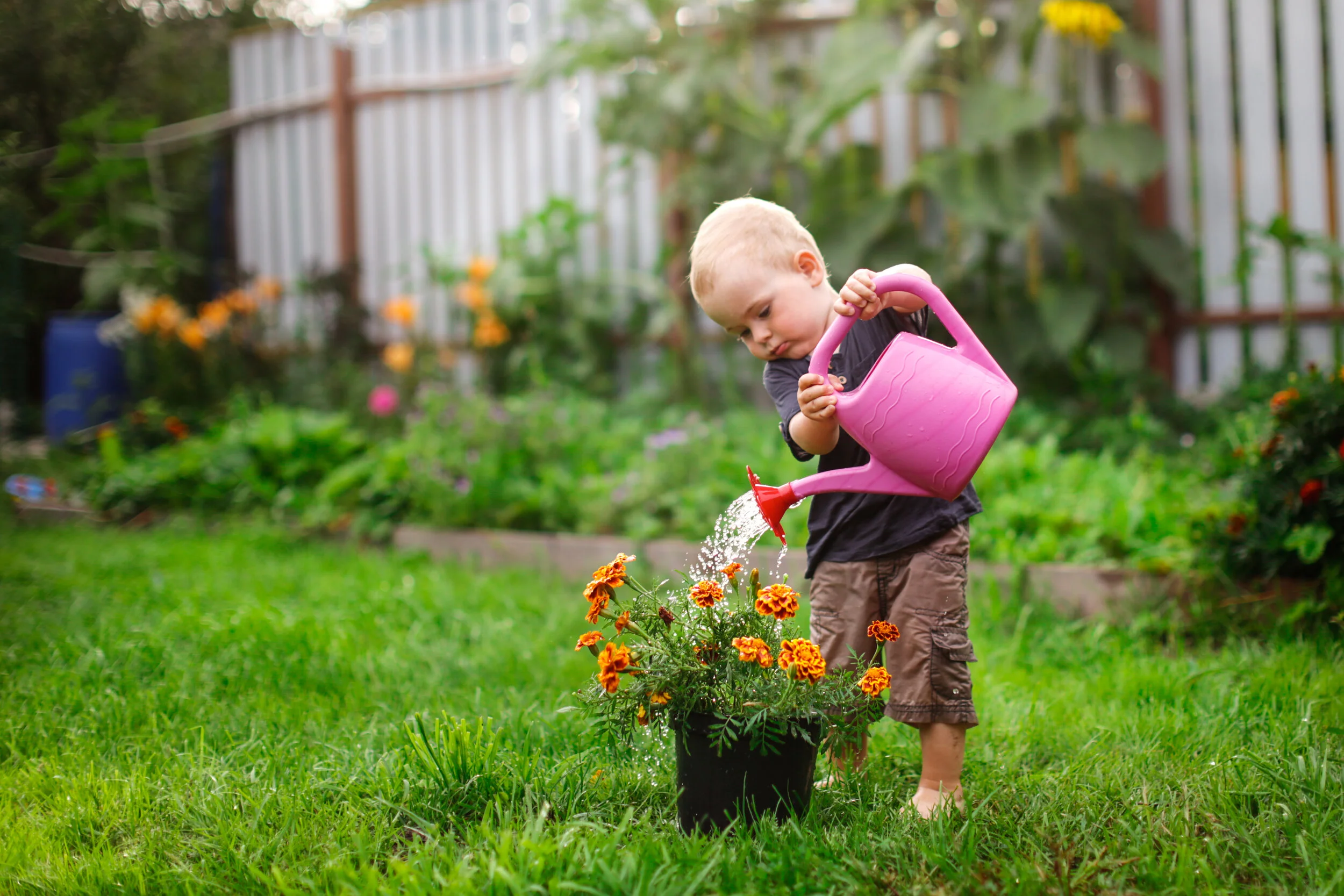Prepared Environment & Materials
Each Montessori classroom is a beautifully, purposefully arranged environment, brimming with unique materials designed and arranged in such a way as to provide a wide range of engaging experiences centered on the developmental needs of each child. Uninterrupted work periods (also known as “work cycle”) are the highlight of each morning and afternoon where children are free to explore this peaceful, orderly environment, sensing their own unique interests and needs, as Montessori teachers are readily available to support and guide them along the way. Each Montessori classroom will contain elements from these areas of study: Practical Life, Sensorial, Language, Math, and Cultural Studies(Physical & Life Sciences, Geography, and History). The level of depth and complexity of each of these areas of study matures along with the children over the years.
Prepared Child
Children spend anywhere from 15 months (infant class) to 3 years in the same classroom environment. This allows children to develop deep, meaningful relationships with teachers and other children. Multi-age classrooms afford children the rare opportunity to mentor and be mentored by other children. Younger children watch older children and experience exciting new challenges through those observations. Older children reinforce their own skills by teaching, role modeling, and leading younger children. Children feel a growing sense of ownership, confidence, and pride as they learn “how their classroom works,” collectively participate in housekeeping tasks, and take on more and more individual responsibility for its maintenance
Prepared Teacher
Montessori teachers fully understand that the developmental needs of each child are unique and, as a result of this truth, no two children will navigate the Montessori curriculum in the same way. Montessori teachers also understand that every child has an intrinsic, insatiable curiosity and love for learning. The paramount responsibility of each Montessori teacher is to take time to observe each child, noticing details such as: the types of materials each child is choosing, the way they are interacting with the materials, the length of time they are maintaining their focus, the places they choose to do their work in the classroom, and the social interactions they are choosing and avoiding. Montessori teachers make decisions concerning how to best guide each child based on these observations. They truly “follow the child.”








